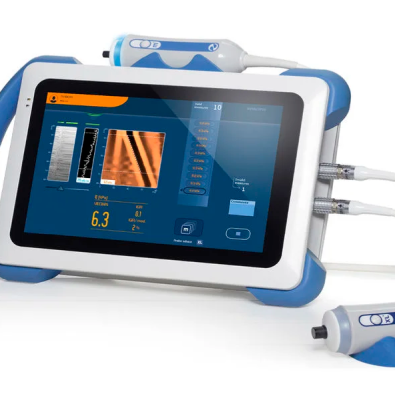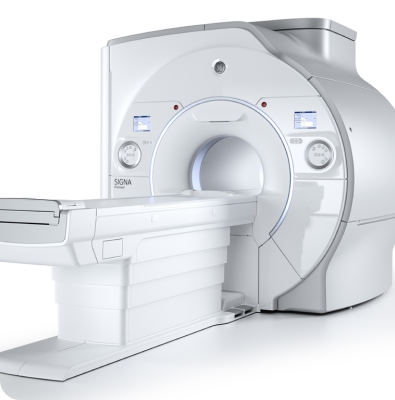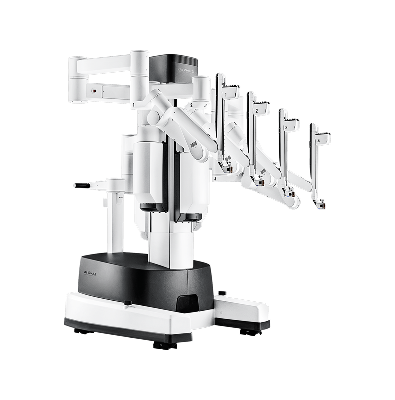Radiotherapy is a treatment method that uses ionizing radiation in the management of cancer. It is applied in two main ways: internal radiotherapy and external radiotherapy.
Internal radiotherapy is known as brachytherapy. In this technique, special radioactive sources are placed directly into or near the tumor tissue. By positioning these radioactive materials within or adjacent to the tumor cavity, high doses of radiation can be delivered precisely to the tumor while minimizing exposure to surrounding healthy tissues. This approach allows for effective tumor control with maximal protection of nearby organs.
In external radiotherapy, X-rays generated in an electrical environment are delivered to the patient from a distance of approximately 80–100 cm. External radiotherapy can be performed not only with X-ray (photon) beams but also with particle radiation therapy. For example, electron beam therapy, commonly used in clinical practice, is a type of particle radiotherapy. In addition to electron therapy, proton therapy is becoming increasingly common worldwide. However, because proton production requires advanced technology, large infrastructure, and high costs, it is currently available only in a limited number of centers globally and is not yet available in Türkiye. Treatment with photon or electron beams remains a cost-effective, widely used, and highly successful radiotherapy method worldwide.
Radiotherapy Is Used in the Treatment of Nearly All Cancer Types
Radiotherapy can be used in the treatment of almost all types of cancer. It is less commonly applied in hematological cancers such as leukemia and in pediatric cancers due to the higher risk of side effects. Beyond these exceptions, radiotherapy plays a crucial role in the management of head and neck cancers, lung cancer, gynecological tumors, breast cancer, skin cancer, and brain tumors. For example, in locally advanced cervical cancer, surgery is not an option, and chemotherapy alone is insufficient. When radiotherapy is combined with chemotherapy in cases where the cancer is confined to the uterus, treatment success rates can reach up to 90%. Even when the cancer extends beyond the uterus but has not spread extensively, local and regional control rates of 70–80% can be achieved.
The Side Effects of Radiotherapy Are Decreasing Over Time
With technological advancements, radiotherapy has undergone significant improvements. For instance, while two-dimensional radiotherapy in the past often caused permanent dry mouth in patients with head and neck tumors, modern techniques now allow treatment without this side effect. Severe skin burns, once among the most common complications, have also been minimized through intensity-modulated radiotherapy (IMRT), which protects the skin. In short, as technology advances, both acute and late side effects during and after radiotherapy have become significantly less frequent.
Radiotherapy Causes Breaks in the DNA of Tumor Cells
Radiotherapy uses ionizing radiation. When X-rays are used, the radiation ionizes water molecules — the most abundant molecules in the cell cytoplasm — producing ions and free radicals. These free radicals cause breaks in the DNA of the cell nucleus. Radiation does not act selectively on tumor cells alone; it also affects normal tissue cells around them. However, since normal cells have intact DNA repair mechanisms, they can typically repair the damage and survive. Tumor cells, on the other hand, often lack functional repair genes, making them unable to recover and resulting in cell death. DNA breaks may occur as single-strand or double-strand breaks. Double-strand breaks cause fatal damage to the genetic material, while single-strand breaks are usually repairable, leading to what is known as “radiation resistance.” The primary goal of radiotherapy is to induce double-strand DNA breaks that completely destroy the genetic integrity of tumor cells.
The Main Goal of Treatment Is Local Control
The primary objective of radiotherapy is to achieve local tumor control while minimizing side effects. Successful treatment requires balancing high local effectiveness with the lowest possible risk of acute and long-term complications.
Treatment Planning in Radiotherapy Is a Long and Crucial Process
As with other cancer treatments, the radiotherapy process begins with a detailed patient history — no diagnostic method can replace the value of information obtained from the patient. The next step involves a thorough physical examination and evaluation of all test results. If radiotherapy is indicated, a planning CT scan is performed to determine the treatment area. Radiation oncologists then carefully outline the target volumes — areas with a high probability of tumor involvement — as well as nearby normal tissues on these images. Medical physicists subsequently design the most appropriate treatment plan for the patient, and both specialists review and refine it together as needed. This meticulous process may take several days, and in some cases, dozens of different plans may be created for a single patient before the optimal one is finalized. Once the plan is approved, it undergoes quality control testing on the treatment device before the actual therapy begins.
The treatment planning stage is lengthy but critical. Although most modern centers are equipped with high-end technology, the success of radiotherapy depends not only on the quality of the equipment but also on the expertise and experience of the treatment team.
Treatment Should Be Planned and Delivered to Minimize Side Effect Risks
Some acute and late side effects may occur during radiotherapy. Examples of acute effects include nausea in patients receiving upper abdominal radiation or diarrhea and worsened hemorrhoid symptoms in those treated in the lower abdomen. These usually subside within a few weeks after therapy ends. The more concerning side effects are late effects — for instance, poorly planned radiation to the chest area may increase the long-term risk of coronary artery disease and heart attack.
Today, technological advances have made it possible to minimize these risks significantly. While every treatment may carry potential side effects, the key is to plan and deliver radiotherapy in a way that minimizes these risks as much as possible.
Radiotherapy is a team effort that involves not only radiation oncology specialists but also a multidisciplinary team of healthcare professionals. Successful cancer treatment requires collaboration between radiologists, pathologists, medical oncologists, surgeons, and radiation oncologists. At our hospital, this multidisciplinary team works in close harmony to ensure the highest quality of care for each patient.







